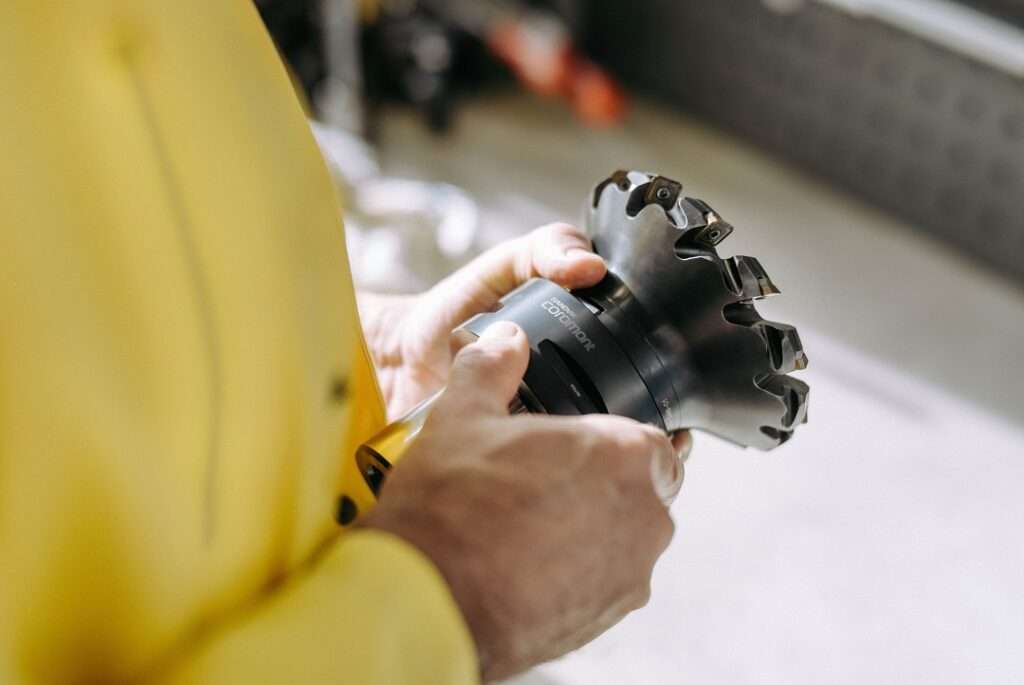India has nearly doubled its renewable energy capacity addition to 15 GW during the April-November period of the current fiscal year, compared to 7.54 GW in the same period last year, signaling significant progress toward its target of 500 GW of non-fossil fuel capacity by 2030. Union Minister for New and Renewable Energy, Pralhad Joshi, highlighted this achievement at the CII International Energy Conference & Exhibition 2024.
Joshi credited the surge in renewable energy to the leadership of Prime Minister Narendra Modi, stating, “India has become a global leader in clean energy, showcasing an extraordinary decade of progress in this sector.” Currently, the country’s total installed capacity of non-fossil fuels stands at 214 GW, reflecting a 14% year-on-year increase.
In November alone, India added 2.3 GW of renewable energy capacity, marking a nearly fourfold rise compared to the 566 MW added in the same month last year. Joshi affirmed that these advancements align with India’s vision of achieving a sustainable and green economy, contributing to its long-term goal of a developed nation by 2047.
Over the last three fiscal years, the renewable energy sector has attracted $6.1 billion in foreign direct investment (FDI). To bolster domestic manufacturing, the government has introduced a ₹24,000 crore Production-Linked Incentive (PLI) scheme, focusing on solar panels and module production.
In addition, 50 solar parks with a cumulative capacity of 38 GW are set to be established by 2026. The PM Surya Ghar Muft Bijli Yojana, aimed at empowering households to generate their own electricity through solar rooftops, targets 1 crore installations by 2027 with a budget of ₹75,021 crore.
On the Green Hydrogen Mission, Joshi detailed support measures under the Strategic Interventions for Green Hydrogen Transition (SIGHT) Programme. These include ₹4,440 crore for electrolyzer manufacturing and ₹13,050 crore for green hydrogen production. Two rounds of bidding have allocated 3,000 MWPA electrolyzer capacity, while 4.12 lakh tonnes per annum of green hydrogen production has been awarded to 10 companies with subsidies totaling ₹3,055 crore.
Looking ahead, ongoing tenders aim to support 4.5 lakh tonnes per annum of green hydrogen and 7.39 lakh tonnes of green ammonia for fertilizers. Joshi urged industry stakeholders to actively participate in these initiatives, reiterating the government’s readiness to provide further support.
The minister also addressed industry recommendations, including stricter enforcement of renewable purchase obligations and enhanced transmission infrastructure for renewables, noting that his ministry is preparing proposals for the upcoming budget. On the occasion, Joshi launched the second edition of the CII-EY Report on Energy Transition Investment Monitor, reflecting India’s advancing energy landscape and its commitment to sustainable development.







